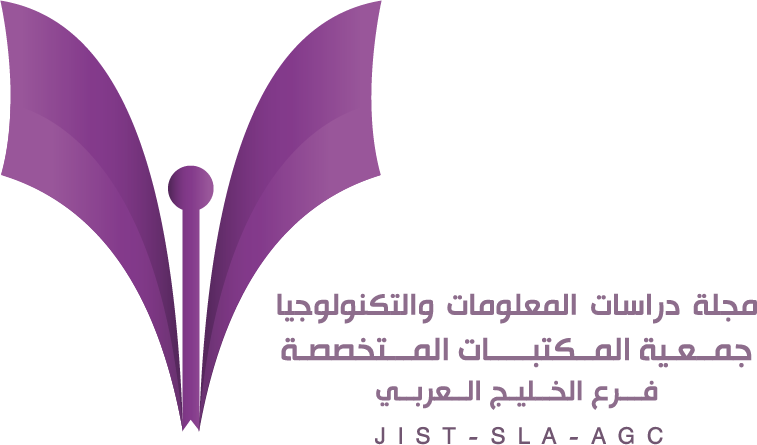-
oa تجربة التعليم الإلكتروني لقسم دراسات المعلومات بجامعة السلطان قابوس في ظل جائحة كورونا
- Source: Journal of Information Studies & Technology (JIS&T), Volume 2022, Issue 1, Mar 2022,
-
- 27 March 2021
- 13 June 2021
- 31 March 2022
Abstract
ملخص
أدى انتشار وباء كورونا المستجد في جميع أنحاء العالم إلى تغييرات في الممارسات الاجتماعية وكيفية عمل المؤسسات. ولم يكن قطاع التعليم في منأى من هذه التغييرات، حيث فرض الوباء إجراءات غير مسبوقة أدت إلى توقف العمل في العديد من المؤسسات الحكومية وتطبيق التباعد الاجتماعي. ومن الجدير بالذكر أن العملية التربوية تقوم على التفاعل بين الأفراد، الذي يتعارض مع مبادئ التباعد الاجتماعي، ويهدد العملية التعليمية ويعرضها للانهيار. ونتيجة لذلك، سعت المؤسسات التعليمية إلى إيجاد بدائل للتعليم التقليدي، والتي تجسدت بتبني نمط التعلم الإلكتروني من خلال المنصات الإلكترونية المختلفة التي تدعم العملية التعليمية إلكترونيًا. هدفت الدراسة الحالية إلى تقييم تجربة قسم دراسات المعلومات في جامعة السلطان قابوس في التعلم الإلكتروني في ظل جائحة كورونا. اعتمدت الدراسة المنهج الكمي من خلال توزيع استبانة على طلبة القسم للتعرف على تصورهم لتجربة التعلم الإلكتروني. وقد كشفت نتائج الدراسة: أن نظام التعليم في قسم دراسات المعلومات بجامعة السلطان قابوس اعتمد بشكل أساسي على استخدام مجموعة من المنصات الإلكترونية. واتفق الطلبة على أن بعض المقررات الدراسية كالتدريب الميداني ومقررات الفهرسة والتصنيف، لا تصلح للتعليم الإلكتروني. ومن بين التحديات الرئيسية التي كشفت عنها الدراسة عدم كفاية أو توافر شبكة الإنترنت بشكل مستمر، وأن عدد من المقررات تحتاج إلى تفاعل تقليدي وغير مناسبة للتعليم عن بعد. وبناءً على النتائج، أوصت الدراسة بضرورة زيادة الوعي التكنولوجي لدى الطلبة وتدريبهم على الاستخدام الأمثل لأدوات وبرامج التعليم عن بعد.
The spread of COVID-19 worldwide has led to major changes in social practices and how institutions operate. The education sector has not been far from these changes, as the pandemic has imposed unprecedented measures that have led to the suspension of work in many institutions and the application of social distancing. The educational process is based on interaction between individuals and contradicts social distancing principles which threatened the entire educational process. As a result, educational institutions began to seek alternatives to traditional education by adopting e-learning through the various electronic platforms that support the educational process electronically. This study aimed to evaluate the Information Studies Department’s experience at Sultan Qaboos University in e-learning. The study adopted a quantitative approach by distributing a questionnaire to the department’s students to identify their perception of the e-learning experience. The findings revealed that the education system in the Information Studies Department at Sultan Qaboos University relied mainly on the use of a combination of electronic platforms. The students agreed that some practical courses are not suitable for e-learning: such as field training, indexing and classification courses. Among the main challenges revealed by the study was the lack of constant availability of Internet access and many courses needed traditional interaction and were not suitable for distance education. Based on the results, the study recommended increasing the technological awareness of both students and educators and training them in the optimal use of distance education tools and software


